As you can guess from the name, tube begonias have the appropriate root system, according to which they can be distinguished from other varieties. Also a characteristic feature of these plants are large inflorescences of various color and petals. There are many varietal and hybrid forms, but today we will tell how to plant a tube begonia and care for her in general terms.
Plant Description
The genus of tube begonia has more than 800 species of plants. The birthplace of this popular flower is warm tropical forests of America, Asia and Africa. Begonia received its name thanks to K. Linyu, who is a narek flower in honor of the famous botany M. Begon, who lived in Colombia in the 17th century.
I wonder: in Russia, the flower is grown for a long time, but once she was known here and under a different name - "Napoleon's ear". This name plant received after the flight of the French army from Russia. The fact is that the rear reddish side of the petals of some varieties of Begonias is reminded by the stuffed ear.
So, Begonia is a herbaceous plant with thickened tube rhizome and fleshy translucent stems growing at 20-80 cm in height. The leaves are arranged alternately asymmetrically and look in the shape of hearts. Flowers can be simple, semi-either or terry. They are diverse, and on one flower can be both female and men's flowers (single bed). If you provide additional pollination, you can get high-quality seeds. Begonia flowers from mid-May until November, after which she drops foliage and passes during the rest.
Hybrid forms
The selection of homemade tube begonias has been engaged in a very long time, today work flows in two scenarios: the removal of heterosexis species that could easily take place in any open soil, and the removal of varieties with large and colorful inflorescences. And if in the first case the plants are mainly obtained from the seeds, then the magnificent begonias are withdrawn from tubers that should be considered when buying a planting material.
The most diverse in the plan forms of petals and color of buds are hybrid forms of Gigantea with terry petals. In some cases, petals can be corrugated or collected in a bundle, like CRISPA or have fringe edges, like FimbriaTa.
Separately, I would like to celebrate the flowers of the felder begonia, which can be semi-marked or terry. They are placed on thin flowering and possess exceptional decorativeness. In addition to the aesthetic advantages, they are greatly leaving almost in any conditions, very early and magnificent blooms than and deserved recognition of landscape designers and flowerflowers.
Popular varieties:
- Multiflora - from 20 to 30 cm in height with gust-growing medium-sized flowers. This is a mixture of varieties with aluminum, orange, yellow, snow-white and cream flowers. Planting material is sold in the form of tubers.
- Grandiflora - bushes 20-30 cm with flowers resembling camellia, diameter 14 cm. Different resistance to temperature and humidity differences. The group includes hybrids with orange, pink, snow-white and yellow flowers.
- CLIPS F1 - the stronger bushes up to 30 cm high, bloom early and very magnificently small dense thick flowers about 6 cm. The series includes scarlet, orange, white, yellow and mixed forms.
- CRISPA is a group of plants with sylenphrated terry flowers of the same color, can be white with a scarlet edging. A distinctive feature is that the flowers are slightly drooping and form unusual cascades.
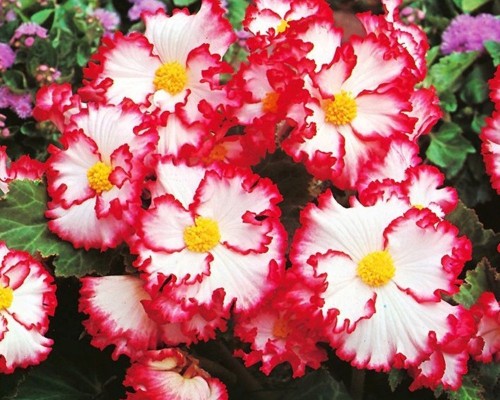
- Floribunda - bushes up to 30 cm high, bloom in the early middle of May terry flowers of medium sizes. Well tolerate low moisture levels. The series includes 12 hybrids of different shades.
- Fried Double Mixed - Bushes up to 30 cm high with terry fringe white, yellow and burgundy flowers.
- Memory F1 Series - bushes 25 cm tall of quite compact shape with large tubers. Flowers very magnificent and quite a long time densely beautiful flowers. The series includes 7 hybrids with yellow, orange, burgundy, pinkish, snow-white and fire-aluminum buton.
- Musical F1 - Bushes bloom early and bloom very magnificently, grow greatly, closing the entire free area. Flower petals terry and not very large - just up to 6 cm with a diameter. Flooring slightly dug. The series includes scarlet and orange varieties. Such begonia at home is often grown in the suspended pots.
- NonStop F1 is one of the most popular hybrid series with a height of 20 to 30 cm. Buckets with foliage of elegant shape, bloom lush and long-lasting buds with a diameter of up to 12 cm. Painlessly transfer low humidity levels.
- Ornament F1 - Compact bushes up to 25 cm high, bloom very plentiful, covered with large burgundy leaves. Flowers of medium sizes with a diameter of no more than 10 cm, terry. The series includes varieties of yellow, pink, dark scarlet and orange colors, as well as a mixture.
- Panorama F1 is a well-branched bushes up to 30 cm high, grow very intense, covered with darkest green color. Flowers are pretty small with a diameter of up to 5 cm, terry. The series includes varieties of yellow-orange, green, yellow, pink, scarlet and burgundy colors, as well as a mixture.
- PIN-UP F1 Series is a compact bushes with a height of up to 25 cm with non-nominal large buds with a diameter of up to 15 cm with slightly corrugated edges.
- PIN-UP F1 FLAME - bushes with yellow petals with a reddish cut. Sold with seeds and tubers.
- PIN-UP F1 ROSA - Compact bushes up to 30 cm high with snow-white petals with pink cut. Sold in the form of seeds and tubers.
- Renaissance - several varieties combined one distinctive feature - large buds, thick stalk and early blossom period. The group includes: Expresso Picotee Blend with a slightly corrugated terry petals of flowers, Trumpet with terry flowers and monophonic color, Cardinal Giant with snow-white petals and dark hair cut, Amber Giant - yellow flowers with scarlet cut.
- SENSATION - ampel begonias of small sizes forming cascades. They are distinguished by highly resistant to weather vapors, lush bloom with terry flowers. Perfect for growing in suspended pots.
Growing technology
The success of the cultivation of the tube is largely depends on the correct selected planting material. If you are not a breeder and want to get lush elegant bushes on the windowsill or in the garden, it is recommended to buy not seeds, but tubers. The acquisition time also plays an important role. So, the optimal time to buy clubs Begonia is the end of January and the beginning of March, since during this period the part of the material at the maximum.
What should pay attention to when buying:
- Feel free to feel the tubers with your hands - they must be very dense and solid.
- Outside, tubers must have a uniform rich brown color without any stains.
- If you buy landing material at the end of February or early March, the clubs should already be distinguishable.
- Begonias blooming in red or pink color can be determined by red kidneys.
- Do not buy landing material with already abandoned stems.
Germination
The peculiarity of the care of the tube begonia at home is that it blooms not immediately, but at first picks up a green mass and forms a full-fledged root system. It is for this reason that the tubers should be germinate - approximately in early March.
The planting material must be planted into a spacious container, wide, but not deep, since the plant has a surface root system. When preparing the soil for the tube begonia, consider that the plant needs a good aeration of the roots, which means soil should be well drained. You can buy or independently make a substrate from sheet and humus, peat and river sand. There is even a special excavation mixture for begonia.
It is useful to know: in all the instructions for planting a tube begonia, it is said that the tubers must be plugged at 5 cm to the ground, but to achieve an optimal result, blow the tuber half to be visible to the kidney on it. When the plant leaves the roots and give the first shoots, plug the missing amount of earthy mixture.
Prepare for the fact that the tubers will germinate quite slowly, and it will take about 2-3 weeks. At first, the plant will form the root system, after which it becomes for the ground part. When a young begonia will germinate, you need to leave 2-3 sprout on every club, so that the plant does not spend their immediate forces to maintain a large volume of the ground green part. Old begonias can leave more sprouts.
You may encounter an opinion that before planting a tube begonia, it needs to be soaked in warm water (usual or with the addition of any stimulating drugs). Others may argue that soaking only hurts or at all will not affect growth. What to do in this case? True lies in the fact that high-quality planting material will sprout despite anything, soak it or not.
Before the appearance of the first green sprouts, the begonia should be very moderately, supporting the relative humidity of the soil and not overpowing it. If you move with watering, tubers can start rot. If you allow cutting, the roots are fine and underdeveloped, because of which the plant may die.
The video below tells about the care of the begonia of the tuber at home:
Reproduction
The reproduction of tubening can occur in the division of rhizomes, stalling or seed. Sharing tubers and cut the cuttings in early spring or autumn. These two ways, in contrast to seed reproduction, can preserve all the varietal characteristics of the parent plant.
The cuttings can be cut into early spring when young shoots will grow no less than 10 cm. You can put them in water for rooting, but you can immediately stick in a peat substrate. In the second case, the container with the Earth will need to be covered with a film or a transparent lid to create a greenhouse effect and prevent too fast evaporation of moisture. The rooting will take about 2-3 weeks, after which it will be possible to notice that the ground part of the cuttings began to grow. When this happens, the plants can be searched on separate pots - to dive. If you plan to postpone the shilling in autumn, choose the most developed and strong shoots for this.
If you like the reproduction of the begonia to the fission of rhizomes, it follows this in late February, when the growth point is already clearly distinguishable - swollen kidneys. Drop the tuber, carefully clean it from the ground and divide so that each part was available at one point. It is important to immediately process sections of sawmills with wood coal, lighted into powder, and quickly add to prevent the posting. In the process of landing, part of the club immerse in the substrate half, and when it is rooted, split the earth to the base.
Seed reproduction is also permissible, but requires more time. Check out seeds need early - approximately at the beginning of winter - so that young begonias will develop to spring. Prepare a loose and lightweight soil with a good drainage, slightly burst the seeds, moisturize the pulverizer well and cover the pot with polyethylene. Periodically (approximately once a week) open the pot for venting and additional moisturizing. When small seedlings go, sip them on a small pot.
Tubened begonias obtained from split rhizomes, seeds or cuttings for wintering should be moved to a cool place and provide moderate watering.
Storage
With the approach of the autumn of the rowing of the tube junction in the garden in size, the leaves gradually fade and fall out - the plant passes during rest. When the foliage will appear, the ground part of the plants should be gently cut off with garden scissors. If autumn turned out to be warm, do not hurry to dig tubers, and wait until the leaves and stems are rejected on their own, and the plant will naturally prepare for wintering.
Even the first autumn frosts will not be able to greatly harm the rhizomes, but it is better not to reach their offensive, but to dig the plants and put in a dry cool place until next year. Adult begonias, growing in pots, can be left in the ground, simply rearring the container to the room with the relevant conditions. However, this option is unacceptable for young annual plants with small tubers - a great risk of breathing and death. That is why in winter they should be periodically water.
Caring for the tube begonia is quite simple, and the result with more than pays for any effort - lush and colorful flowering all summer until the autumn itself.

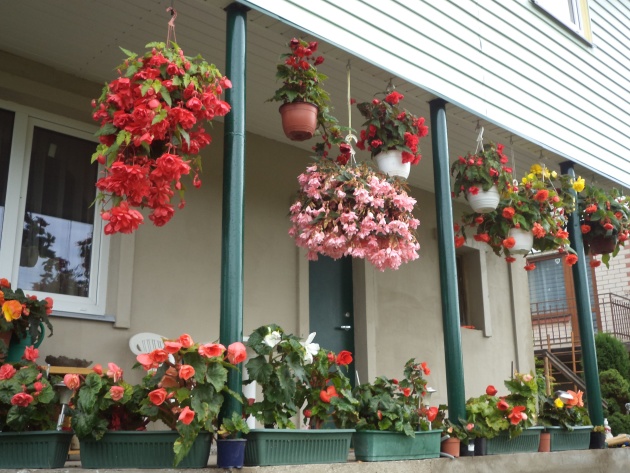
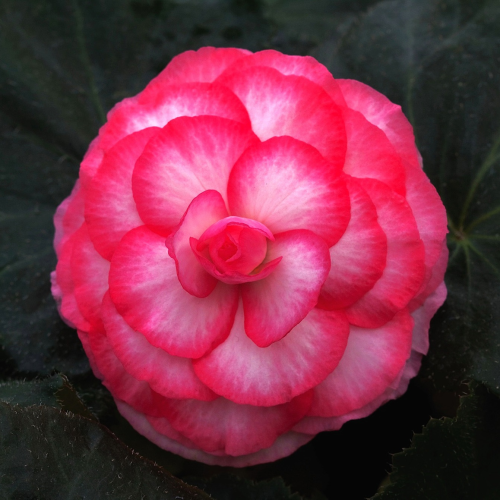
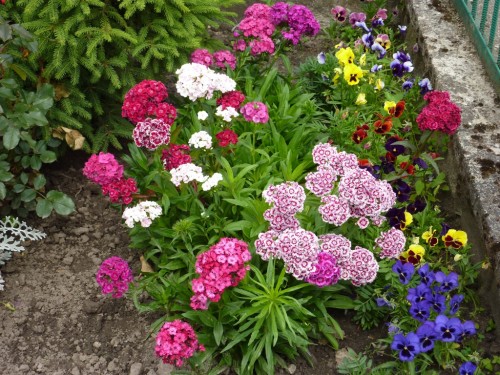
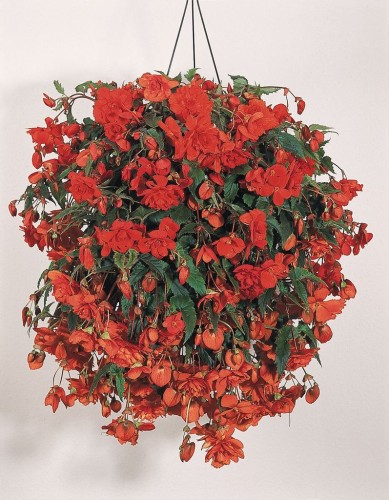
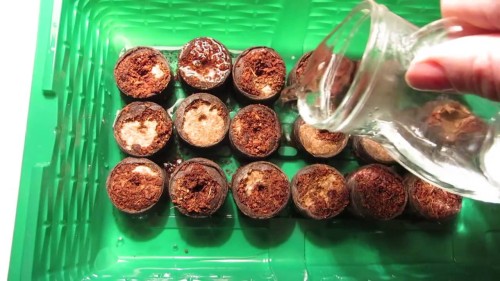
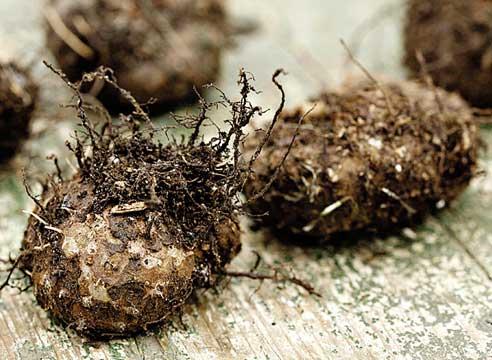
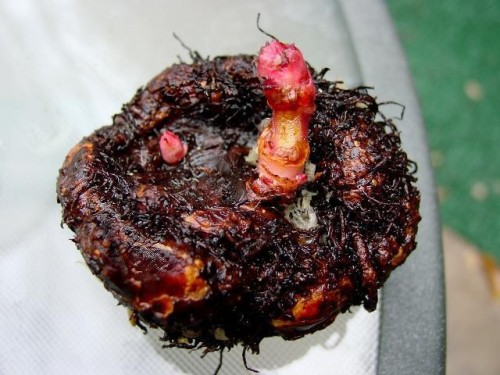
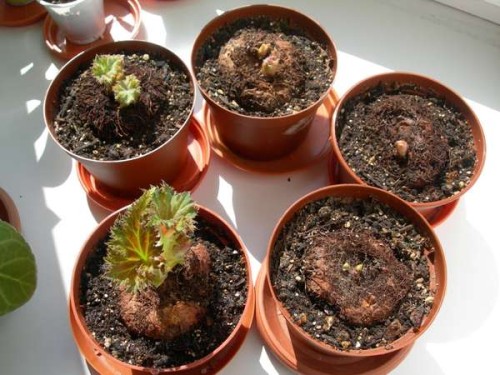
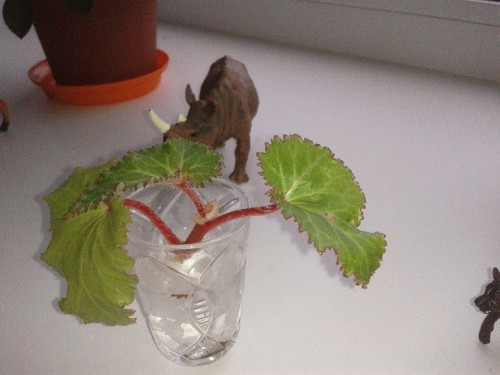

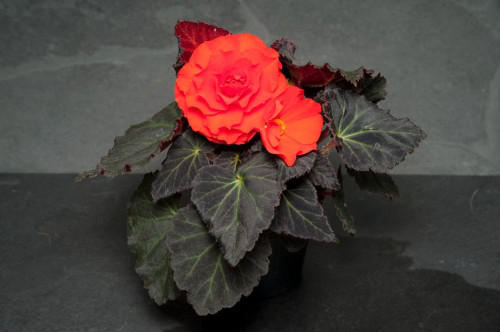
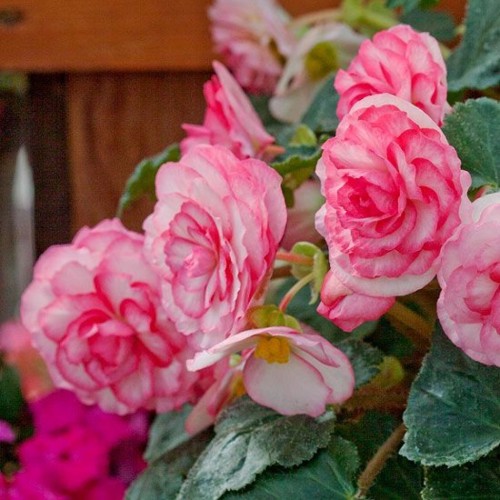

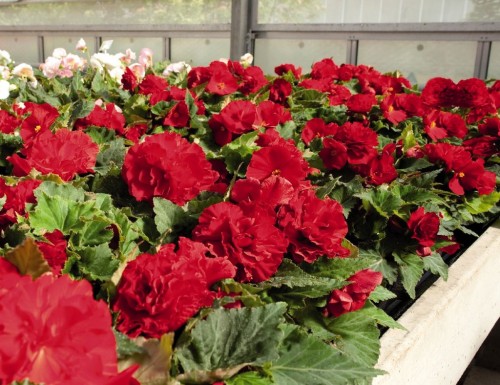
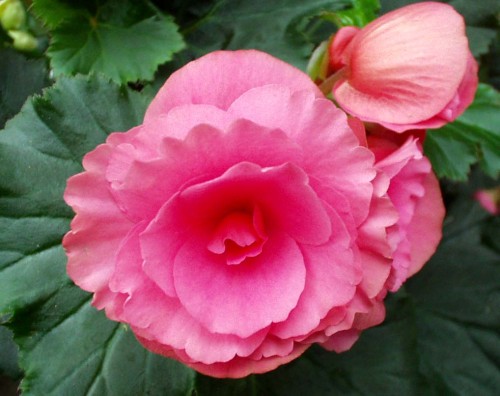
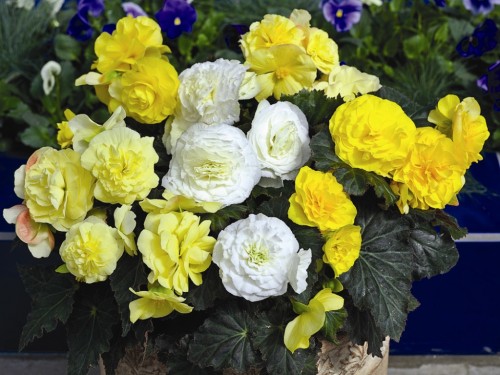












 Start a discussion ...
Start a discussion ...